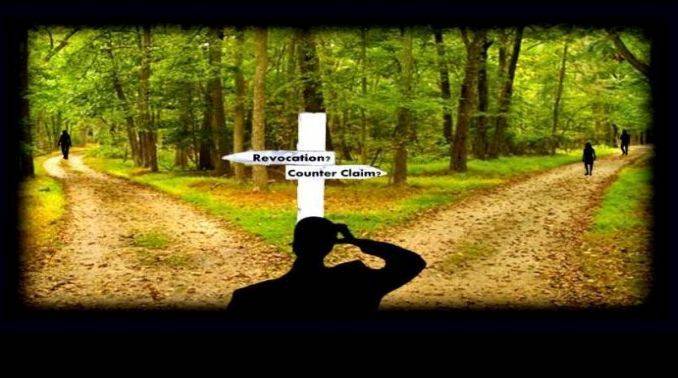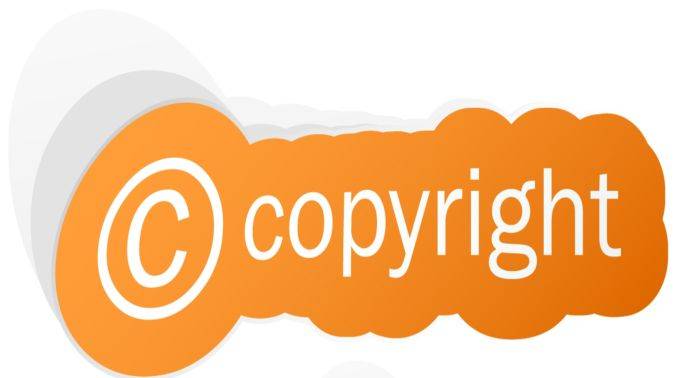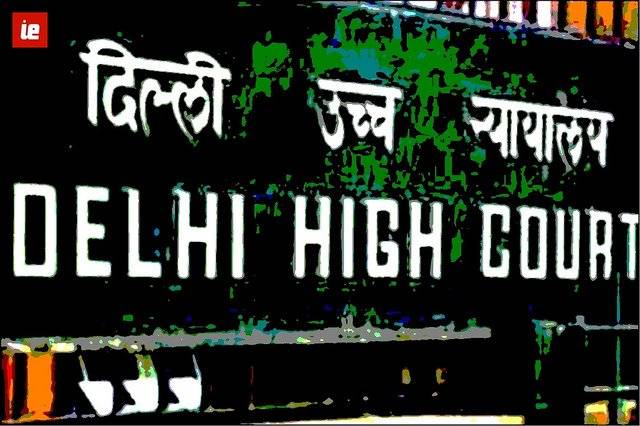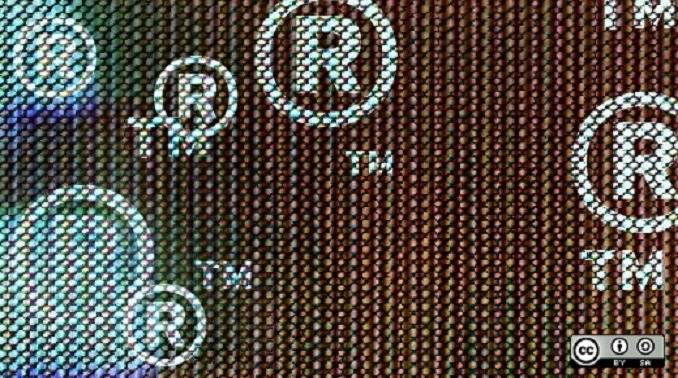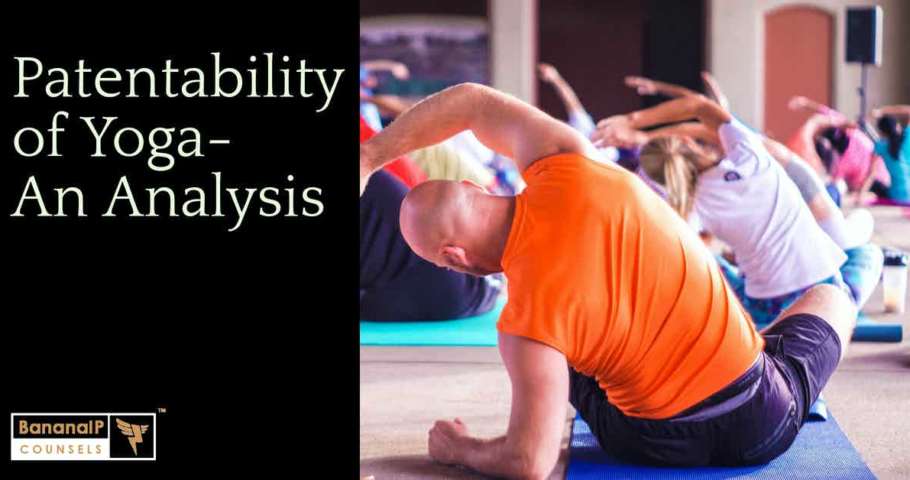This post was first published on 24th July, 2014.
Case Analysis of Dr. Aloys Wobben and another vs. Yogesh Mehra and others.
CIVIL APPEAL NO. 6718 OF 2013
Facts: Dr. Aloys Wobben (Appellant) owns approximately 2,700 patents in more than 60 countries of which 100 patents are in India in the field of wind turbine generators and wind energy converters. Appellant was carrying out the manufacturing process in India through a joint venture partnership with the Yogesh Mehra and Ajay Mehra (Enercon India Limited)…
